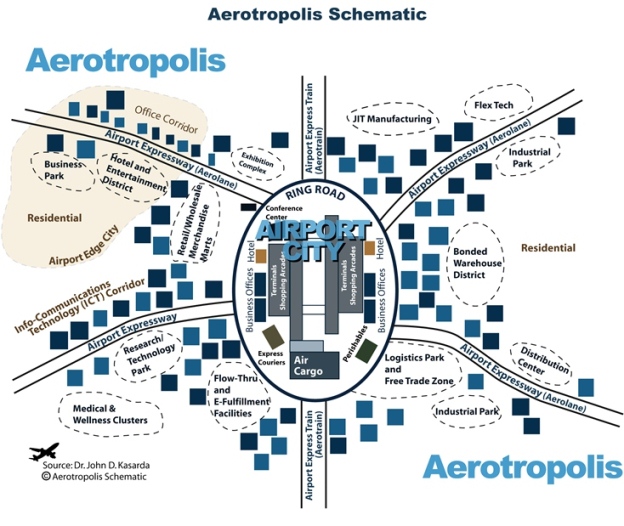7667766266
enquiry@shankarias.in
NASA's inflatable greenhouse
Tarang Sanchar
Aerotropolis in Assam

Brahmos
How the hatchetfish hides?